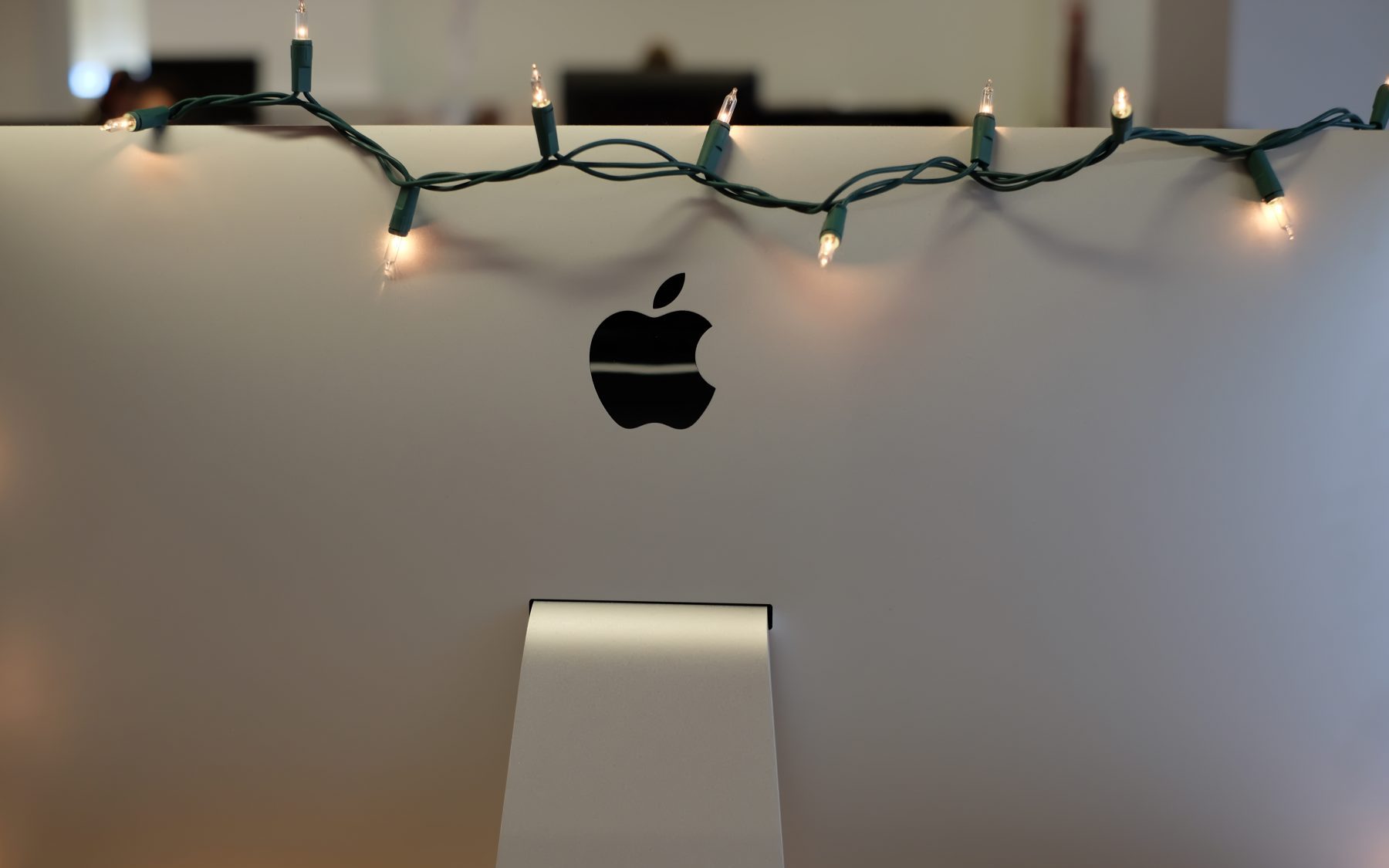For more, check out our full Coronavirus Resource Library at this link.
Amidst worldwide testing cancellations, some tests have moved not just online, but to "at-home" online - meaning students can take the exams without going to a testing center, as long as they have internet access and can meet the tech and setting requirements. But what does this actually look like in practice? Below, we take a look at what we know now about the formats, restrictions, and tech requirements of tests that are moving to at-home online administration. We’ll keep this post updated as new information comes in!
AP Exams
This is the first year AP exams will be administered at-home and online en masse. Here’s what we know so far:
- Although there are two testing windows (May 11-22 and June 1-5), students should plan to take their exams in May, leaving June as a make-up window.
- The exams will be 45 minutes long. Students will also have 5 minutes to submit each response, either by attaching text files for typed responses, copying and pasting typed responses, or by uploading photos of handwritten work.
- They’ll focus on free-response questions and document-based questions (rather than on multiple-choice questions, which can more easily be Googled).
- The exams will be open book and open note.
- Students with approved accommodations will still receive accommodations, but because the exams are shorter, certain accommodations (such as extended breaks) may not apply. The exams will be compatible with assistive technology, such as screen-reader software, and zoom functionality in a browser.
- Students should use the latest versions of Chrome (preferred), Firefox, Safari, and Microsoft Edge. The online exam is not compatible with Internet Explorer 11.
- Some courses, such as AP Computer Science Principles and AP Seminar, will not have end-of-course exams but will still require students to submit projects digitally.
- Students are able to use the College Board's interactive demo to practice using the exam interface and submitting answers.
ArborBridge’s Take: It's important for students to have a game plan for using their devices, accessing their notes, and typing vs. handwriting responses. Students should take advantage of the interactive demo to familiarize themselves with the testing interface and make sure they understand how to submit their responses.
GRE and TOEFL
For students unable to take the GRE General Test or TOEFL iBT test at a test center, ETS, the organization that administers these exams, has made at-home testing options temporarily available. Here’s what we know:
- The at-home options are currently offered in select locations—the United States, Canada, Colombia, France, Germany, Italy, Spain, Hong Kong, and Macau—where test centers have closed due to health and safety concerns.
- Students will be monitored by an online human proctor through ProctorU while taking the exam on their own computers.
- The content, format, scoring process, and registration fee will remain the same for each exam.
- Students will be able to preview their unofficial scores at the end of the exam.
But students’ computer equipment must meet several specific requirements:
- Students must use a laptop or desktop PC running versions 10, 8, or 7 of the Windows operating system.
- Update: Macs can now be used if Windows is installed.
- Students need an internal or external speaker and microphone to communicate with the proctor. No headsets or wireless earphones are allowed.
- Students need a built-in camera or separate webcam that must be able to be moved to show the proctor a 360-degree view of the room, including tabletop surface, before the test.
- The computer and keyboard must be on a desk or tabletop surface cleared of all items not approved for use during the test.
- Prior to registering for the exam, students must install the ETS test browser and link to the ProctorU System Check from the computer they plan to use.
There are several other requirements for the at-home testing environment:
- Students must be alone in a room and sitting in a standard chair during the exam.
- Students must keep their ears visible (not covered by hair, a hat, or other items) and avoid wearing jewelry, tie clips, cuff links, ornate clips, combs, barrettes, headbands and other hair accessories.
- During the exam, students may use an erasable marker to take notes on a white board or paper with transparent sheet protector; taking notes on regular paper is not permitted.
ArborBridge’s Take: Although Macs are now allowed, the tech requirements may still prevent some students from accessing the at-home GRE and TOEFL. Even students who can meet the tech requirements but who don’t have access to white boards or transparent sheet protectors will not be able to take notes, which could significantly affect their performance. While at-home testing may be a great option for some students, it’s critical to review the testing protocol well ahead of time to confirm it's the right option for you.
GMAT
The Graduate Management Admission Council recently announced an at-home online proctored version of the GMAT exam to begin April 20, 2020. Here’s what we know:
- The at-home option is currently offered in most locations, with the exception of mainland China, Cuba, Iran, North Korea, Sudan and Slovenia.
- The exam will omit the Analytical Writing Assessment section but will still include the Quantitative, Verbal and Integrated Reasoning sections.
- Appointment dates are available from April 20-June 15.
- The registration fee is $200 (which is lower than the standard $250 in-person registration fee).
- Students will be monitored by an online human proctor through OnVUE while taking the exam on their own computers.
- Students must use a virtual whiteboard. Neither paper nor a physical whiteboard are permitted.
- Students will not be able to preview their unofficial scores at the end of the exam. Score cancellations are also not permitted.
Again, it is important for students to make sure their computer equipment meets several specific requirements:
- Students must ensure their computers are running Windows 10, Windows 8.1, or Mac OS 10.13 and above. Windows Vista, Windows XP and Windows 7 are strictly prohibited.
- The minimum screen resolution is 1024 x 768 in 16-bit color.
- Touch screens and additional monitors are forbidden.
- Students should use the newest versions of Microsoft Edge, Safari, Chrome, Firefox, or Internet Explorer 11. Internet cookies must be enabled, and pop-up blockers must be disabled.
- Students need a webcam with a minimum resolution of 640x480 @ 10 fps.
- Students need an internal or external speaker and microphone to communicate with the proctor. No headsets or wireless earphones are allowed.
ArborBridge’s Take: Again, tech requirements may prevent some students from accessing the at-home GMAT. The virtual whiteboard may be another challenge that could significantly affect students' performances. While at-home testing may be a great option for some students, it’s critical to review the testing protocol well ahead of time to confirm it's the right option for you, which is especially important because score previewing and score cancellations are not permitted for the at-home exam.
LSAT
The Law School Admissions Council has announced the LSAT-Flex, an online, at-home version of the LSAT. The LSAT-Flex will be offered the week of May 18 for test-takers originally registered for the April exam. (This includes March registrants who were moved to April when March was cancelled.) It will be offered again the week of June 14 for test-takers originally registered for the June exam. Here's what we know:
- Registration for the May exam is now open, and registration for the June exam will open up on May 13. For the May exam, students can choose from available times on May 18 and May 19, with a small number of tests occurring later in the week based on specific remote proctoring requirements. Most of the June exams will take place on June 14 and June 15.
- The at-home exam will include three 35-minute sections, all of which are scored (compared to the standard format of four 35-minute scored sections plus an unscored section).
- Exams will be scored on the standard 120-180 LSAT range.
- The LSAT-Flex registration fee is the same as that of the standard LSAT.
- Students will be monitored by an online human proctor through ProctorU while taking the exam on their own computers.
- Students can use computers running Windows Vista or Mac OS X 10.5 or higher, although Windows 10 and Mac OS X 10.13 are recommended.
ArborBridge’s Take: The LSAT-Flex tech requirements are less restrictive than those of the other at-home exams, and LSAC says they will work with candidates who do not have the necessary computer equipment to try to provide loaner devices or other solutions. While at-home testing may be a great option for some students, it’s still critical to review the testing protocol well ahead of time to confirm it's the right option for you.
What about SAT and ACT?
Both the College Board and ACT are beginning to make plans for at-home online testing. Last week, the College Board revealed that an online, at-home SAT will be unveiled if schools don’t re-open in the fall. The next day, ACT announced they will launch remotely proctored at-home computer testing for U.S. students in fall/early winter 2020. We don't have many details yet, but we’ll update this post as we find out more information.
Need more individualized advice?
The exclusions listed above are for some of the most popular AP tests. If you have specific questions or want a personalized plan, reach out to our experts here. We’re happy to help in any way we can.
ArborBridge is hard at work tracking the latest developments. We’ll be updating this post as new information, test dates, and cancellations are announced.
About ArborBridge
ArborBridge is the global leader in innovative, digital, one-on-one tutoring. With nearly a decade of experience teaching students online, ArborBridge supports students of all kinds: home schoolers, AP students, test preppers, and more. Our tutors specialize in creating personalized plans and in providing compassionate support for students and families.







